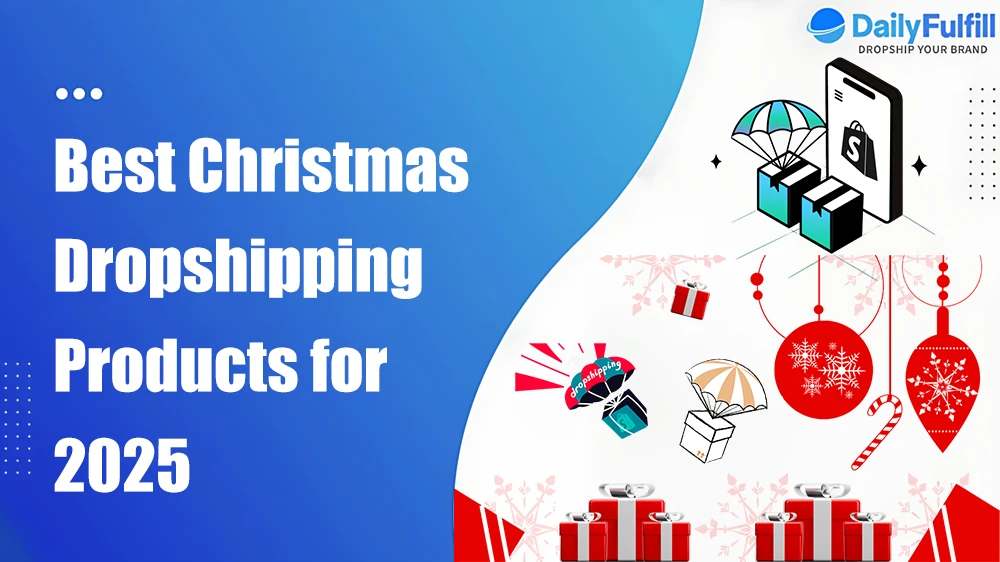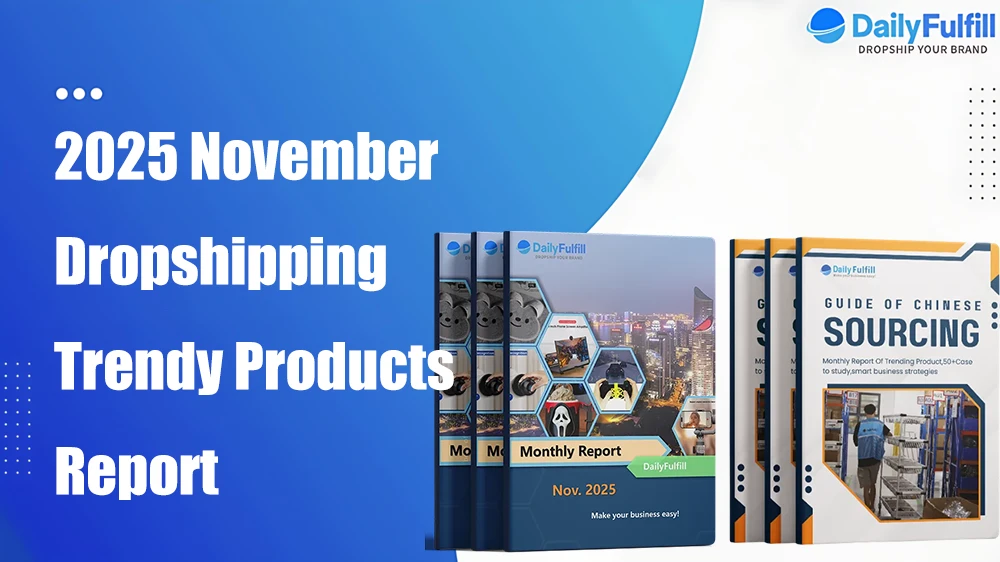
How to Import Products from Alibaba to Shopify in 2025
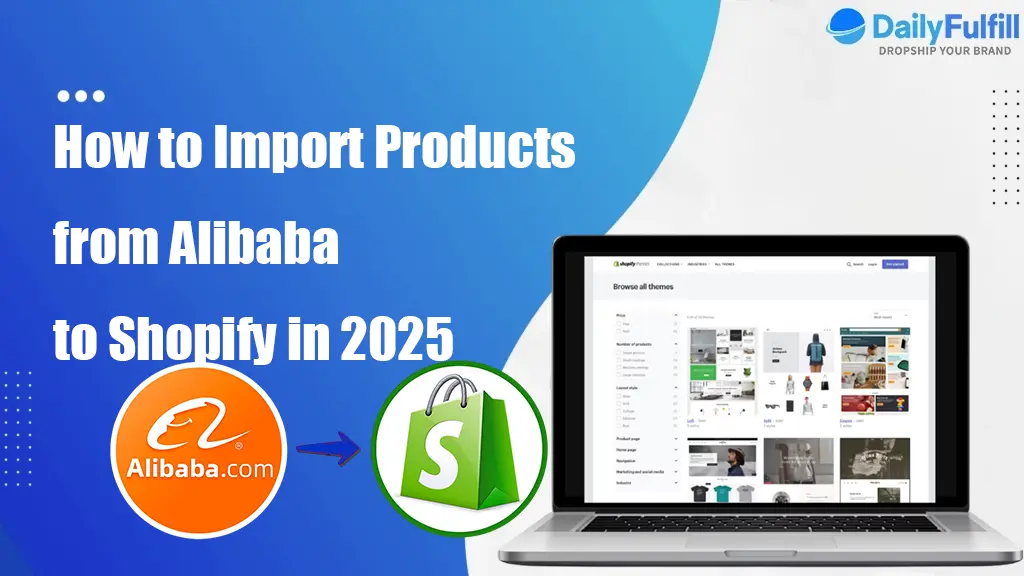
Alibaba remains one of the top platforms for finding reliable suppliers for dropshipping. In 2025, the process of importing products from Alibaba to Shopify has become more simple and efficient, helping dropshipper around the world save time and money.
In this article, we’ll walk you through the step-by-step process of import products from Alibaba to your Shopify store, ensuring that you can start selling quality items with ease.
Integration Apps
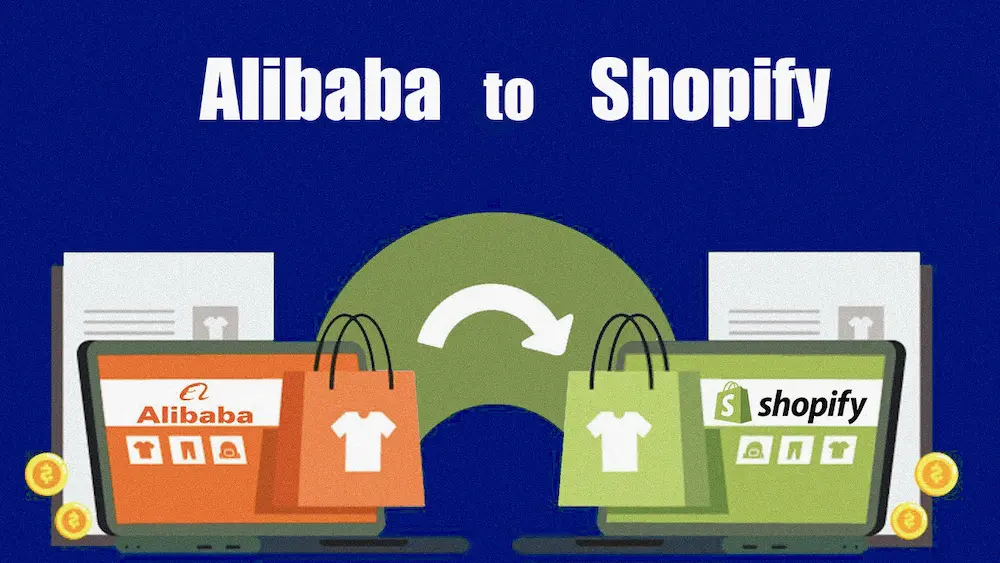
App Selection
Picking the best integration app helps you bring products from Alibaba to Shopify. There are many apps you can use. Some apps are easier and have more helpful features. Here is a table showing the most popular apps:
Feature | AutoDS | Dropified | Importify | Spocket |
|---|---|---|---|---|
Ease of Use | One-click product import, all-in-one system | One-click import, supports multiple stores | One-click import, easy product migration | Official Alibaba dropshipping partner |
Pricing Transparency & Cost | 3-tier pricing ($7.99-$38.99), 30-day trial for $1 | $47/month, free 14-day trial available | $14.95-$37.95/month, 1-day trial only | N/A |
Order & Inventory Management | Included, some features as add-ons | Included | Semi-automatic order fulfillment on higher plan | N/A |
Customer Support | 24/7 support | Available | N/A | N/A |
Analytics & Insights | In-depth sales and product analytics | Business analytics with profit margin insights | N/A | N/A |
Compatibility with Alibaba | Supports dropshipping suppliers, MOQ handling | Supports multiple stores, dropshipping friendly | Primarily AliExpress focused, manual wholesale price handling | Official Alibaba partner |
You can also try DailyFulfill. DailyFulfill APP lets you import products fast. We can help you get better prices than Alibaba or Aliexpress.
App Setup
After you choose your app, you need to set it up with Shopify. Most apps use a simple setup process:
Go to the Shopify APP Store
Go to the Shopify App Store and search for your app.
Click “Add app” and follow the steps to install it.
Connect your Alibaba account if you need to.
Use the app dashboard to find and import products.
Some apps, like AutoDS and Dropified, let you import with one click. DailyFulfill also lets you import quickly and helps you manage orders. You can check inventory, see prices, and handle returns in the app.
When you set up your app, check these things:
Does the supplier need a minimum order quantity (MOQ)?
Can the supplier dropship straight to your customers?
How long does shipping take?
What is the return and refund process?
How fast does the supplier answer questions?
If you set up your app the right way, you can import products easily and keep your store working well.
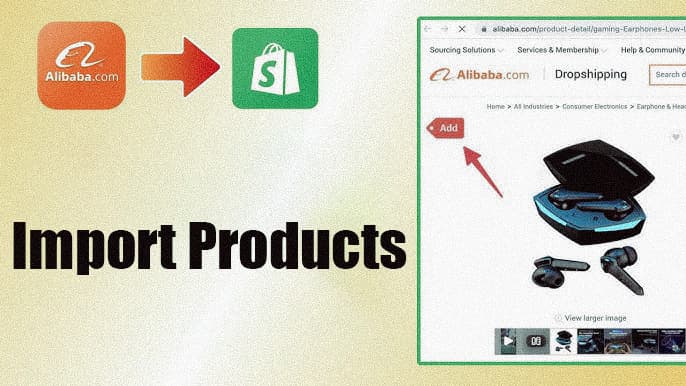
Find Suppliers
Product Search
You need to pick the right products first. Search on Alibaba for items that fit your store. Think about what your customers want. Use Alibaba’s filters to help you find good choices. You can pick filters like Verified Supplier, Gold Supplier, or Trade Assurance. These badges mean the supplier is checked and safer.
Look at the product photos and read the descriptions. Good suppliers show clear pictures and give lots of details. Check if the supplier has a blue “Verified” badge. This badge means Alibaba checked their business in person and looked at their papers. You can also watch videos of the factory or see 360-degree photos. This helps you feel sure about your choice.
Tip: DailyFulfill helps you import products fast and can get you better prices than Alibaba or Aliexpress.
Supplier Vetting
Suppliers are not all the same. You must choose one you can trust. Here is a simple list to help you check suppliers:
Look for badges like Gold Supplier, Verified Supplier, and Trade Assurance.
Check the supplier’s profile. See how old the company is, where it is, its export history, and customer reviews.
Ask for samples. This lets you check the product and packaging.
Talk to the supplier. Fast and clear answers show they are professional.
Use Alibaba’s Trade Assurance to keep your payment safe.
Search the supplier’s name online to see if there are any problems.
Stay away from deals that look too good or suppliers with fake certificates.
Factor | What It Means | Why It Matters |
|---|---|---|
Gold Supplier Status | Paid membership | Shows they care, but check more |
Verified Supplier Badge | Third-party audit | Makes them more trustworthy for big orders |
Trade Assurance | Payment held until order confirmation | Keeps your money safe and helps with problems |
Years in Operation | Supplier experience (3+ years preferred) | Shows they are stable and can supply well |
Response Rate | Speed of replies (within 24 hours is best) | Shows they are reliable and professional |
Product Listing Quality | Clear photos and details | Helps you avoid mistakes and returns |
Buyer Feedback | Reviews and transaction records | Lets you see if the supplier is good or bad |
When you talk about deals, discuss price, minimum order quantity, and shipping. Always write down the details. If you use DailyFulfill, you can often get lower prices and import faster, which makes your work easier.
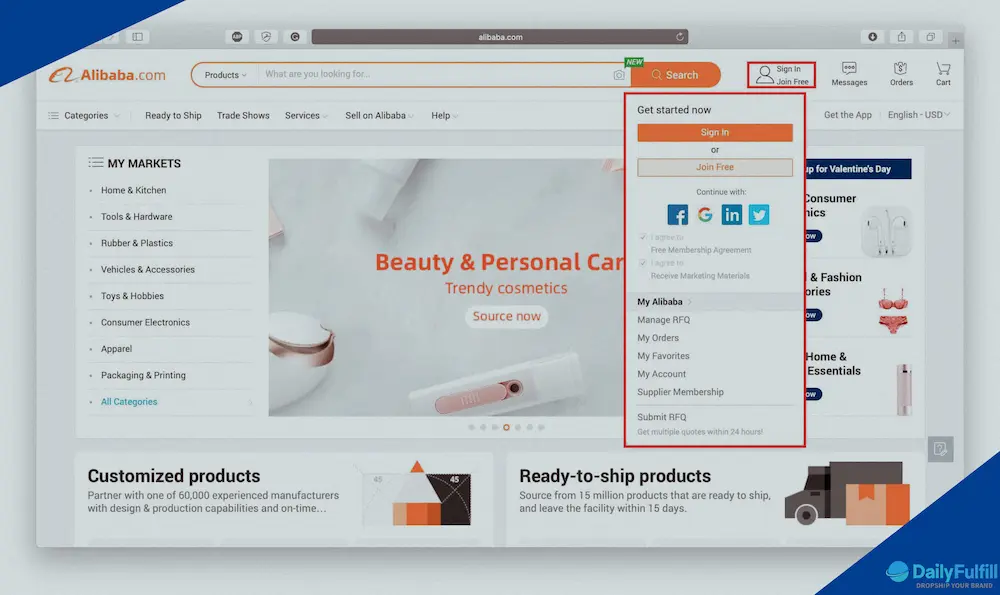
Import Products
Importing products from Alibaba to your Shopify store is easier than ever. You have three main ways to import products: using apps, manual import, and CSV bulk upload. Let’s walk through each method so you can pick what works best for you.
Using Apps
Apps make the process simple and fast. You just connect your Shopify store, pick the products you want, and let the app do the work. DailyFulfill is a great choice if you want to import products quickly and get lower prices than Alibaba or Aliexpress. You can also use apps like AutoDS, Dropified, or Spocket.
Here’s how you can import products using an app:
Install your chosen app from the Shopify App Store.
Link your Alibaba account inside the app.
Search for products you want to sell.
Click “Import” or “Add to Store.” The app moves the product data to your Shopify store in minutes.
Edit product details like name, description, price, and images before publishing.
Note: Most apps let you update prices to your local currency automatically. You can also change product details before your customers see them.
How long does it take to import products using apps? The actual import happens almost instantly. The main wait comes from supplier processing and shipping. Here’s a quick look:
Stage | Time Range |
|---|---|
Processing Time | |
Delivery Time | 6 to 15 days |
So, you can expect the total time from order to delivery to be about 7 to 20 days.

Manual Import
You might want to import products by hand if you only have a few items or want more control. This method takes more time, but you can customize every detail.
Here’s what you do:
Go to Alibaba and find the product you want.
Download the product images and copy the description.
Open your Shopify admin and click “Add product.”
Paste the product details, upload images, and set your price.
Save the product and publish it to your store.
Manual import works well for testing new products or making sure every listing looks perfect. You can change anything you want before your customers see it.
Tip: If you use DailyFulfill, you can still get better prices and faster import, even if you start with manual listings.
CSV Import
If you want to import products in bulk, CSV upload is the way to go. You can add hundreds of products at once. This method is great for big stores or if you get a product list from your supplier.
Here’s a simple guide:
Ask your supplier for a CSV file with product data.
Download the file to your computer.
Go to Shopify admin and click “Import products.”
Upload the CSV file and check the preview.
Edit any details you want before publishing.
You can change product names, descriptions, prices, and images in the CSV file. Shopify will show you any errors so you can fix them before your products go live.
Pro Tip: Always check your CSV file for mistakes. A small error can mess up your whole product list.
No matter which method you choose, always edit product details before publishing. Make sure your product names are clear, your descriptions are easy to read, and your images look good. This helps your store stand out and keeps customers happy.
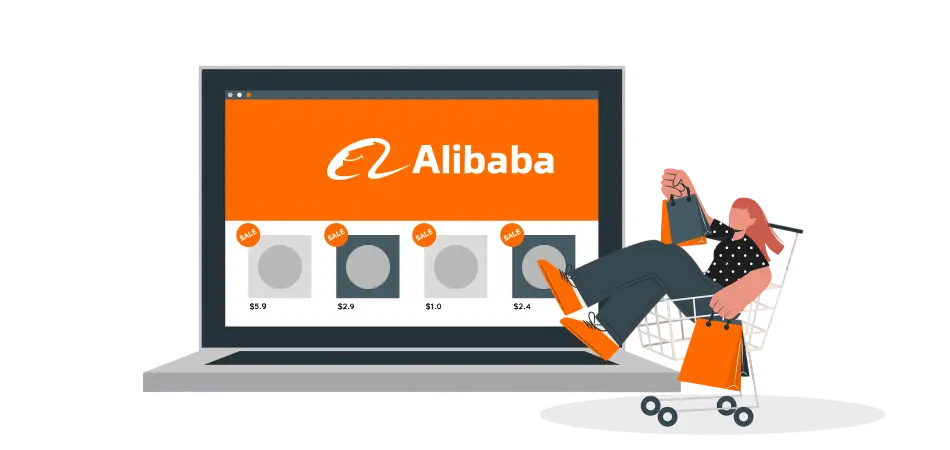
Optimize Listings
Edit Details
You want your products to look nice and sell quickly. Start by changing names, descriptions, pictures, tags, and variants. Use simple product titles so people know what you sell. Add many pictures from different sides. Try adding a short video or a 360-degree view. This helps shoppers feel sure about what they buy.
Make your descriptions easy to read. Use bullet points for features and details. Add some fun words and match your brand’s style. Emojis can make your listings more fun and interesting. If you use DailyFulfill, you can Import Products fast and get better prices than Alibaba or Aliexpress. You can also change product details before you publish them.
Tip: Try different calls-to-action, like “Add to Cart” or “Buy Now.” Move review sections to see what works best.
Pricing & Inventory
Setting the right price helps your store make money. First, add up all your costs—product, shipping, Shopify fees, taxes, and returns. Use ways like keystone pricing (double the cost), competitive pricing (see what others charge), or value-based pricing (charge what your product is worth). If you buy in bulk from Alibaba, ask for discounts and remember shipping times.
Pricing Strategy | How It Works | When to Use |
|---|---|---|
Keystone Pricing | Double your product cost | Simple products |
Competitive Pricing | Match or beat competitors | Crowded markets |
Value-Based Pricing | Charge for perceived value | Unique products |
Cost-Plus Pricing | Add a fixed markup | Stable costs |
Keep your inventory up to date. Use your app to watch stock levels and avoid running out. DailyFulfill helps you handle inventory and prices, so you can focus on growing your store.
Compliance
You must follow the rules to keep your store safe. Write clear return rules that match local laws. Make sure your product descriptions are true and correct. Check labeling rules for your products, like ingredient lists for cosmetics or energy ratings for electronics.
Work with suppliers who give certified and safe products. Always ask for samples to check quality. Use Alibaba’s Trade Assurance to keep your payments safe. Fill out the right customs papers and know shipping rules, like for batteries or liquids.
Note: Stay updated on trade laws, sales tax, and privacy rules. If you sell in the EU, follow GDPR for data privacy. In the US, collect sales tax where needed. Answer customer questions and complaints fast to build trust.
Order Management
Fulfillment
You want your orders to get to customers fast. Dropshipping from Alibaba to Shopify helps with this. When someone buys, your supplier gets a message to ship it. You do not have to store products yourself. This saves you both time and money.
There are different ways to handle fulfillment. Some sellers use the Shopify-1688 Bridge Integration. This tool makes less work for you and fewer mistakes. If you want faster shipping, try the Global Air Express Network. It can deliver in 3 to 7 business days. This is much faster than shipping by sea. Big stores can use the Pro Model Service. It gives VIP help and quick customs checks. If you are new, the Base Model Service is cheap and easy.
Fulfillment Option | Best For | Delivery Speed |
|---|---|---|
Shopify-1688 Bridge | Reducing errors | Standard |
Global Air Express Network | Fast delivery | 3–7 business days |
Pro Model Service | High-volume sellers | 1–2 day customs |
Base Model Service | New or small stores | Cost-effective |
DailyFulfill lets you import products fast and get better prices. You can also use it to manage orders and track packages.
Tip: Always check your supplier’s stock and shipping times first. This helps you avoid late orders and upset customers.
Sync & Returns
It is important to keep your orders and inventory matched. Use integration apps to send orders right to your Alibaba supplier. You do not have to type in order details yourself. This helps you avoid mistakes with stock and prices.
Sometimes, syncing can have problems. Shipping can be slow if customs hold a package. Syncing errors can happen if your app settings are wrong. Prices may be wrong if your currency settings are not set right. To fix these, use trusted apps and check your API keys. Set up automatic syncing. Always talk clearly with your supplier.
Returns and customer service are important too. Make clear return rules with your supplier. Use Shopify’s tools to track returns and refunds. If a customer has a problem, answer fast and work with your supplier to fix it.
Note: DailyFulfill helps you with syncing and returns. This lets you spend more time growing your store and making customers happy.
You have learned how to bring products from Alibaba to Shopify. Trusted apps like DailyFulfill help you import faster and save money. You should always check your suppliers. Update your product listings often. Make sure you follow the newest rules.
If you want to know more, please feel free to contact DailyFulfill. Our team of experts will provide you with professional advice within 12 hours.
DailyFulfill is your Best Dropshipping Partner
- 24/7 customer support
- 100% quality guarantee
- 1400+ professional clients
- 8400 m² fulfillment center
- 59960+ Sku of products
- 12+ dropshipping experience

